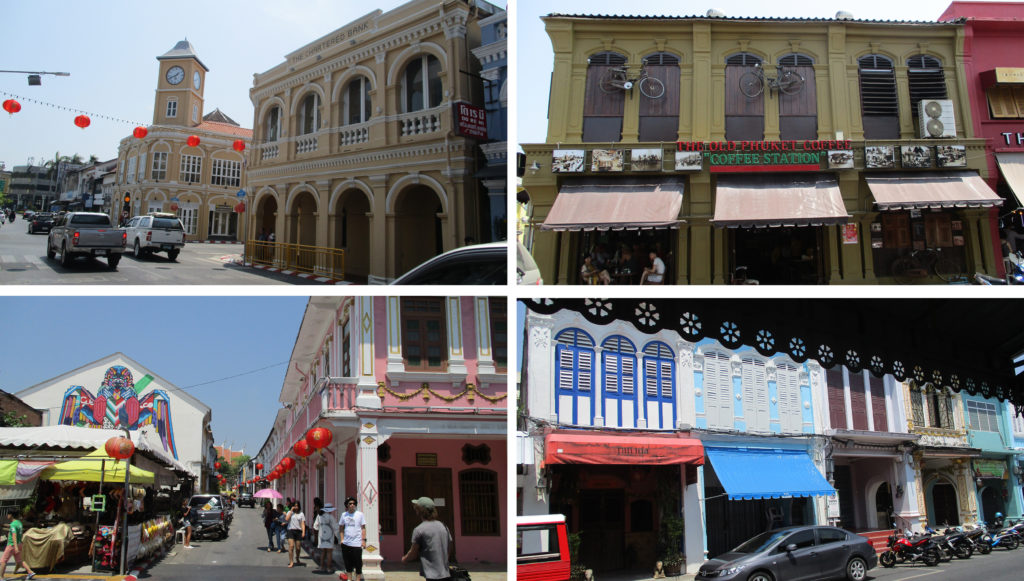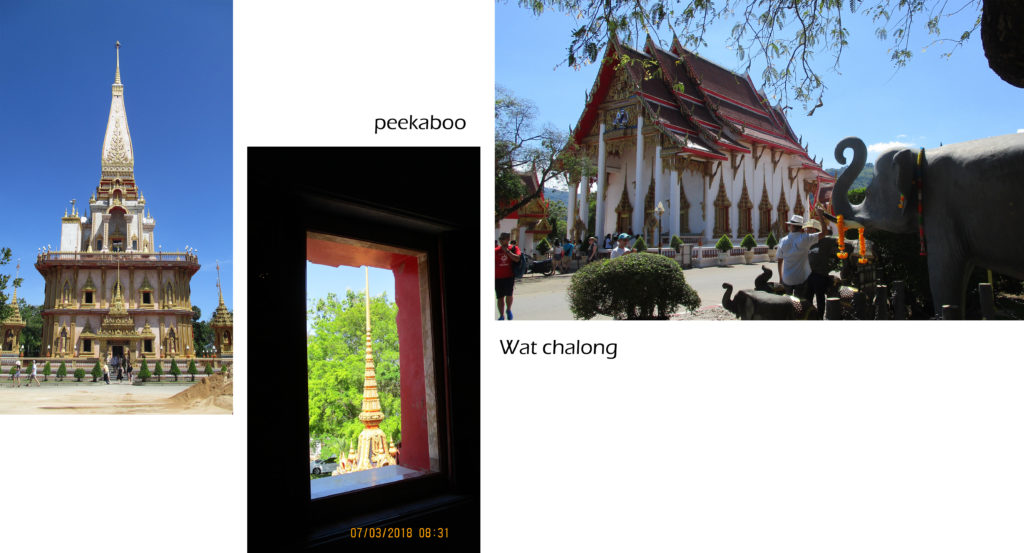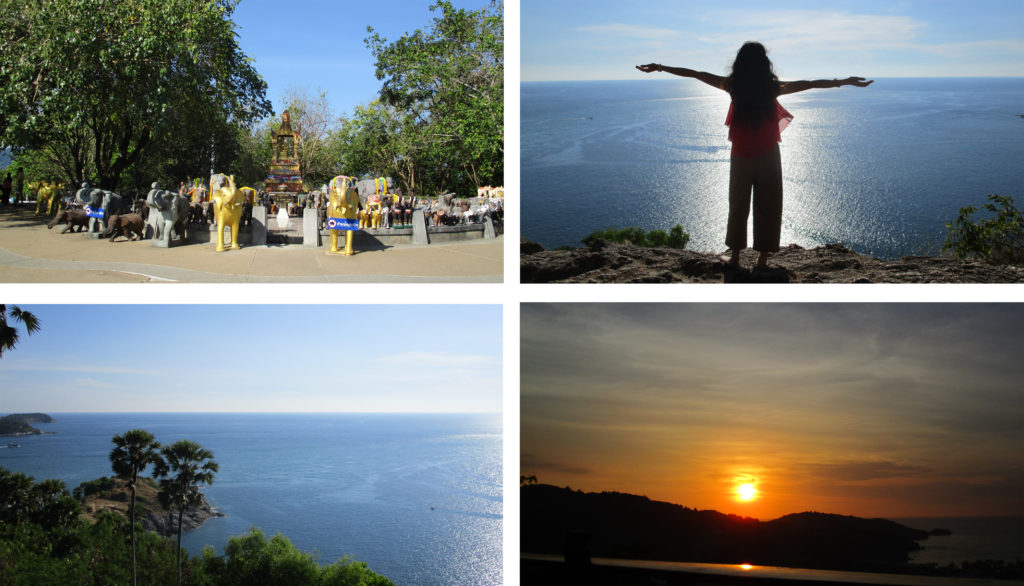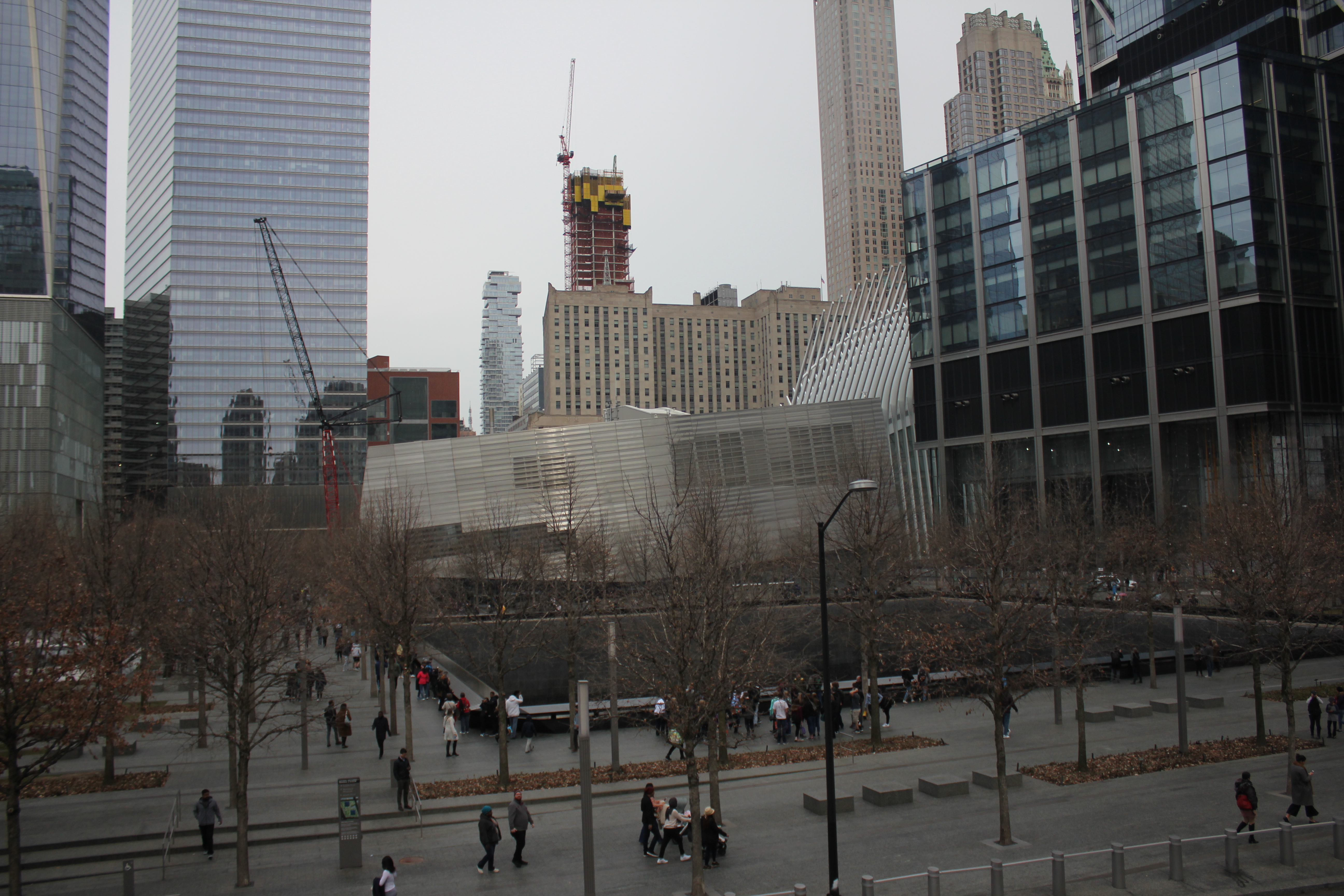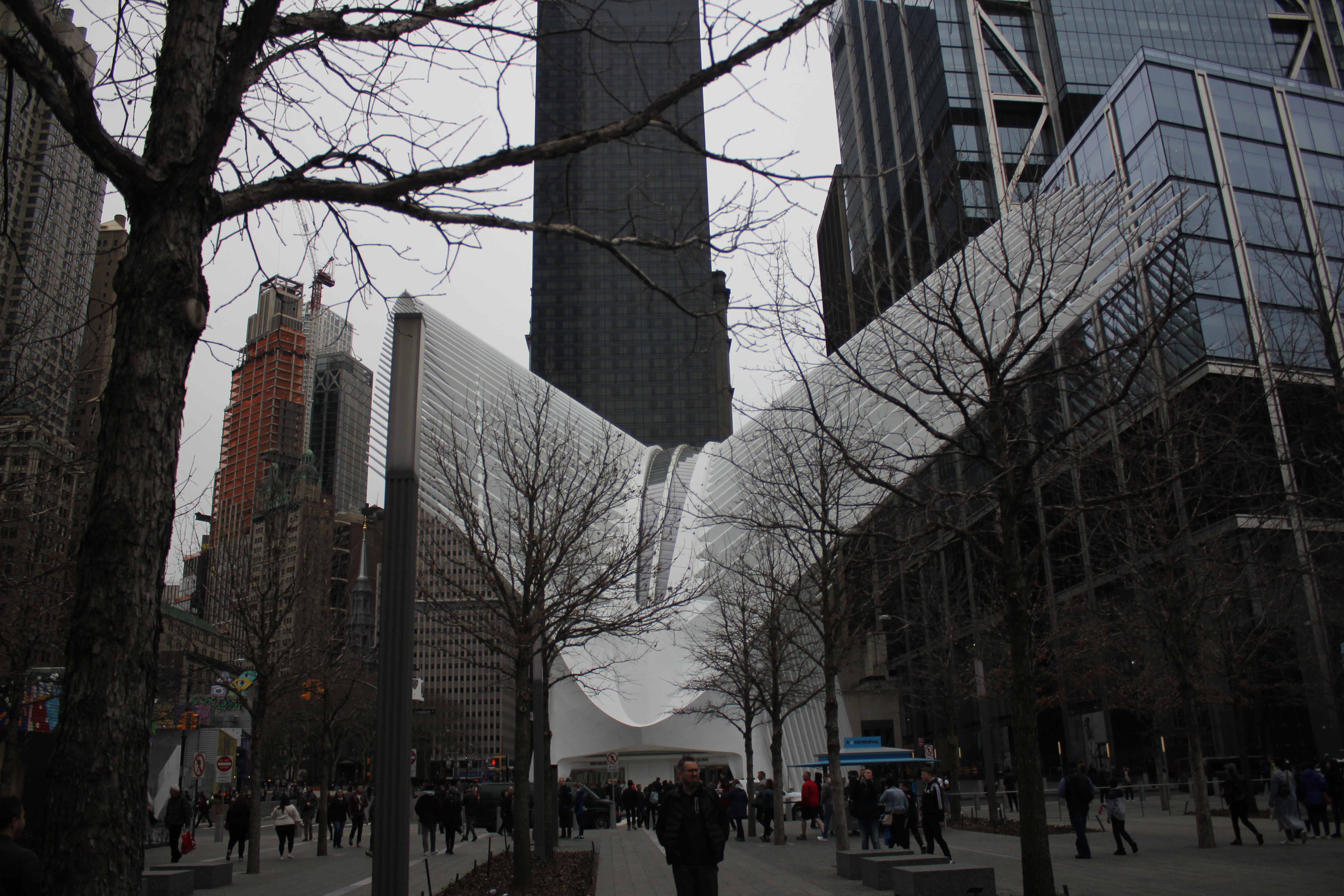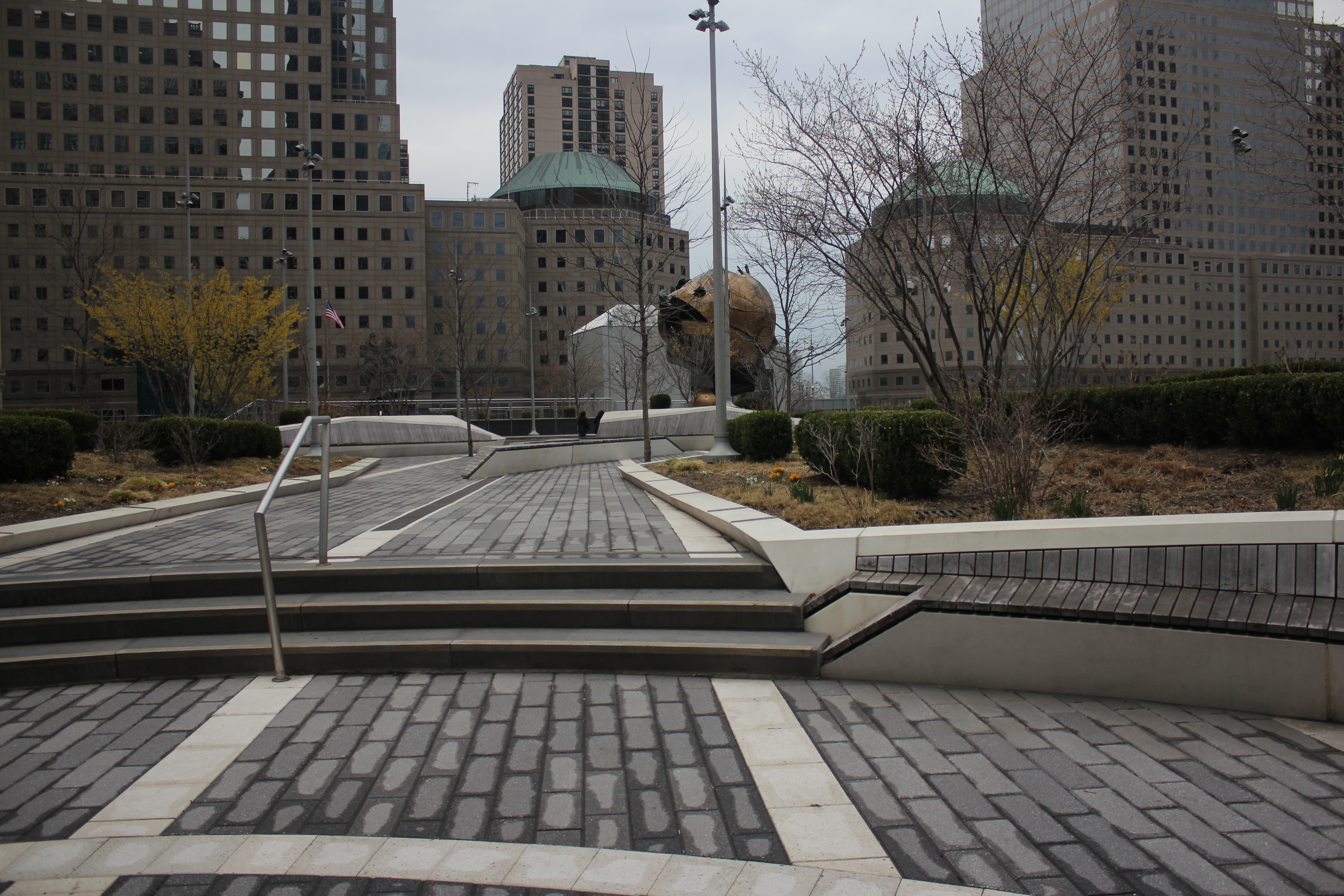 Asia
Asia
We need to rethink our notion of ‘Who plans…
One can simply say ‘planners, designers, architects are responsible to make a city liveable’, but there is an overarching theory to it, – ‘who has the finances, who sponsors the projects, who have vested interest and power’ are the ones who build the cities. Most of the projects being funded by the government take a big political influence.
Being an architect myself and with expertise in open space planning, I have bagged many projects through multiple links and experiences as an architect. But when it comes to landscape planning and public space designs, my expertise is not valued as much as the local representative’s interests. The private projects related to construction are more resource-dominated. An architect’s knowledge is dominated hugely by vested interests, majorly political, financial as well as lack of respect for the profession, the cities are massively impacted. Especially when it comes to open space planning, we have to take a different approach altogether. There is no perfect design but we should let the space develop as the people start using it, we allow freedom and expression. We should not tap into our expertise but we should tap into humanity as Amanda Burden, an American urban planner said. This does not mean we do not do anything, we actually have to create the canvas where the public can do their art with their movement, we create a theatre where the public will perform their acts, we create a universe where public create their own ecosystem along with other species. There is no institution here in Nepal, which prepares such experts and the ones who have studied abroad and come back to give their knowledge and learning to their community are not welcomed. This makes experts like us sad and frustrated because we can see that what is happening in the city is not right and it will have a long-term impact to all of us but we are not in the position to change it and nobody is ready to listen.
The discussion put forth is in itself controversial because in Asian cities, particularly in Kathmandu, I have seen the professionals who are supposed to shape and plan the cities – planners, architects, construction managers and conservationists not being able to use their expertise but more playing the roles of activists when the authorities are not able to make good plans and proper management policies for the city. These government authorities do not consult and hire the experts but they rely on their resources who come to work in government jobs through a common IQ-based entry examination. The module of exams is outdated and those who pass these examinations come through tough competition of not argumentation and creativity but more of the banking system of education. I believe these government officers should play the role of managers and let external experts do the technical jobs. But as soon as they are in a position to make decisions, they want to implement their own ideas without much research and planning. Even when they hire experts, they try to impose their own understanding and solutions. Most of the time, its not even a lack of expertise, it’s the lack of a good mindset. This lag in the system is making the city pay a huge price when it comes to sustainable development and regenerative green spaces. I have worked both as an architect as well as a community planner. I have experienced there is no democratic decision-making and planning approach when it comes to planning open spaces. People, especially children lose connection to their environment, both natural and social, and are deprived of their basic needs. We need to expose them to their environment so that they explore and reach their potential with social, physical, and psychological development and later become responsible citizens. When this happens they understand the need of the city and use their skills and knowledge to make it better, that too, with collaborative approach.
So how do we pierce through the bureaucrats as well as elected members in the local community? After I completed my master’s I came back to Nepal to share my knowledge and implement it through various agencies. Initially, I tried to go to the local areas with solutions and it did not work. As an expert, I could not convince them with my strategies. Then I worked out a way to work together with them but the adults who are in the position to implement the plans were not ready to accept my ideas, they were not even ready to work together. Then I took the approach of working with children. This approach has been widely used in many cities of the world now. The contemporary urban planners and researchers in children spaces and development both believe that children can act as catalyst for urban innovation. Their views are more diverse and they can bring solutions to their communities if they can have meaningful participation. Hence, I also used it contextually in different neighbourhoods of Kathmandu, successfully.
Though this has been realised in urban planning community globally, how to do this was not the issue raised by many contemporary researchers. I, therefore, moved towards the solutions, not by proposing the solution but by taking the actual steps which could lead to the solutions involving the main stakeholders.
As a researcher hence I tried to find a balance between research and action. I went into the community, especially to the vulnerable groups, in this context the urban middle-class children and worked with them, co-researched with them to find out the actual situation of community spaces and how they are shaped and how the issues can be solved. I conducted participatory action research with the children in different communities in Kathmandu to find out the situation of their environment through their lenses and also to propose a solution for the same. Participatory action research is an approach which believes in critical pedagogy which means giving voice to the ones who are oppressed, which is in line with the concept of Paulo Freire who believed that education must aid in developing critical consciousness and the learners or the participants must act to liberate themselves and the society also from the injustice, their engagement is crucial for this.
I believe that this type of grassroots intervention can actually bring forth solutions to the existing problems, as people who are actually living in such situations will be able to identify the genuine problem and in turn, propose solutions for the same, and in the process, empower themselves. If we continue such efforts, we can really bring about a change in the community, then in the city and in the country as a whole. But the process should be continuous as well as there should be a genuine concern for the well-being of the community through planned neighbourhoods and action-oriented interventions. I say this always and each time, that the people are not supposed to be fed, they are to be taught to grow and prepare their own meals.
As the city is a dynamic built, anyone who wants a city to thrive, must study it, make plans for it and then act upon it – not once but in a continuous cycle. There must be support from the government and local bodies for these types of interventions and research.
Coming back to the topic of this article ‘who plans and shapes the cities?’
I would like to add my favourite quote from a very famous urbanist/author/activist whose theories and observations are the holy book for architects and urban planners –
‘Cities have the capability of providing something for everybody, only because, and only when, they are created by everybody.’ – Jane Jacobs
Are we ready as experts, as authorities, as people in the position to play our roles to give the citizens especially children, their rights to a healthy and thriving city, in the process also make them responsible? or do we want to create more constraints and thus make our society ever more ill? Do we want to make a win-win in the battle or do we want to lose our society?



